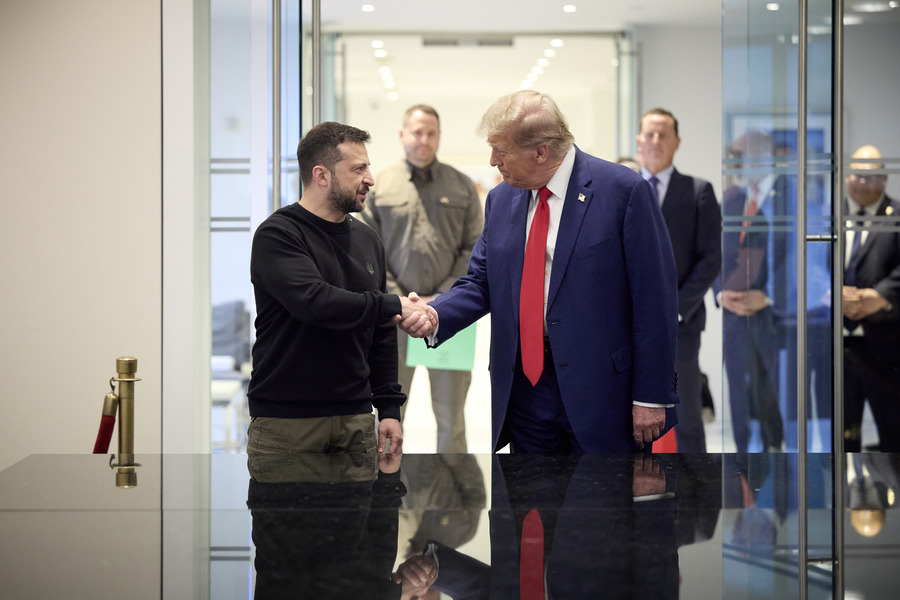How Does the UN Define “Direct Participation in Hostilities”?
One theme of Ben Emmerson’s interim report on remotely piloted aircraft and targeted killings is that governments must be more transparent with regard to any civilian deaths they cause. It’s easy to find lots of other calls for greater transparency on related issues. For instance, many have urged the United States to be more transparent with regard to who the United States believes it can target as a matter of international law, where geographically it believes it may use lethal force, which forces count as “associated forces” for purposes of the Authorization for the Use of Military Force,
Published by The Lawfare Institute
in Cooperation With

One theme of Ben Emmerson’s interim report on remotely piloted aircraft and targeted killings is that governments must be more transparent with regard to any civilian deaths they cause. It’s easy to find lots of other calls for greater transparency on related issues. For instance, many have urged the United States to be more transparent with regard to who the United States believes it can target as a matter of international law, where geographically it believes it may use lethal force, which forces count as “associated forces” for purposes of the Authorization for the Use of Military Force, and so on.
It was with this press for transparency in mind that I read Colum Lynch's Foreign Policy piece entitled, “U.N. Declares War on al-Shabab.” The piece begins:
A U.N.-backed African military force in Somalia must launch a new military offensive against al-Shabab’s insurgents if it is to stem the spread of terrorism in East Africa and ensure the survival of Somalia’s struggling government, U.N. Secretary-General Ban Ki-moon warned the U.N. Security Council.The idea that UN peacekeeper-ish types might use offensive force is not entirely new. In March 2013, the Security Council authorized a “Force Intervention Brigade” (FIB) as a military unit within MONUSCO, the UN stabilization mission in the Democratic Republic of Congo. The FIB was established to perform (and continues to undertake) offensive actions against rebel groups that were fighting the Congolese army, including the M23 group. The type of force arrangement Secretary General Ban is suggesting with regard to Somalia seems similar to the FIB. Writing for the Post, Lynch notes that Ban endorsed the idea that “African forces [should] shift from a largely defensive strategy to an offensive posture necessary for the clearing and holding of additional key rural areas and strategic economic avenues.” (One difference between the FIB and a future offensive force in Somalia is that the FIB falls squarely within a UN-led mission, while AMISOM in Somalia is AU-led, though the UN provides it with logistical support.) If the UNSC supports SYG Ban’s argument and authorizes a similar force in Somalia, it raises a series of hard legal and operational questions, none of which seems to have been clearly answered in the context of the FIB’s operations. First, there are targeting questions. In the Congolese context, how does the FIB decide when some set of actors becomes a rebel group covered by the Resolution? (The Resolution authorizes force against “all armed groups” without providing any additional guidance.) How does the UN (or the troop-contributing countries) interpret the concept of “direct participation in hostilities”? Who count as “members” of organized armed groups? Which members perform “continuous combat functions”? By what metric do the UN forces contemplate and calculate permissible levels of civilian deaths when conducting proportionality analyses? Second, there are likely to be detention questions. In a useful ASIL Insight, Professor Bruce Osborne wrote:
As a starting point, it is reasonable to assume that the [FIB] will apply the UN “Interim Standard Operating Procedures: Detention in United Nations Peace Operations” when dealing with detainees. As these Procedures are over two years old, they may be updated to reflect more recent detention principles and guidelines such as found in the “Copenhagen Process: Principles and Guidelines concerning detention in non-international armed conflict and peace operations.” Furthermore, it is also reasonable to assume that, consistent with the UN’s past practice, the Brigade will transfer the armed group members that they have captured to the DRC authorities.As far as I know, the Interim SOPs are not publicly available. If they are, I would welcome a link to them. A UN publication reported that the Interim SOPs were to be reviewed after 12 months and finalized, but that seems not to have happened. Based on second-hand reporting, the SOPs apparently do not contemplate non-criminal detention by UN forces for more than 72 hours, except in rare circumstances. One can easily imagine cases in which that rule would prove problematic for the self-protection of FIB forces. What if the person detained poses a security threat to the UN forces but it is not clear that his action is criminal under Congolese law? On the flip side, what if the FIB worried that the DRC would mistreat a particular detainee if it transferred him to Congolese forces? Must it nevertheless surrender custody to the host government? Must the UN forces take into account Congolese law, and how do they educate themselves about that law? How has this all played out in practice? How might it play out in the Somalia context? In short, many of the questions that the United States and other NATO forces have had to confront in Afghanistan, Iraq, and elsewhere arise in the UN context as well. It seems important for the UN to be more transparent and more specific about what rules it expects these offensive forces to follow. To be clear, the UN (and in particular UN Peacekeeping Operations) may already have answers to some or all of these questions. If it does, it should make those answers and guidelines public. If we want greater transparency in state operations against complicated arrangements of non-state actors, we should want that transparency when international organizations are conducting similar operations. In addition, if the Security Council members and UN force contributors have not yet had detailed conversations about how uses of force should play out in these “offensive” missions, they should. Doing so will expand the range of countries discussing these issues, something that redounds to the benefit of international law more broadly.
Ashley Deeks is the Class of 1948 Professor of Scholarly Research in Law at the University of Virginia Law School and a Faculty Senior Fellow at the Miller Center. She serves on the State Department’s Advisory Committee on International Law. In 2021-22 she worked as the Deputy Legal Advisor at the National Security Council. She graduated from the University of Chicago Law School and clerked on the Third Circuit.


.jpg?sfvrsn=d5e57b75_5)

